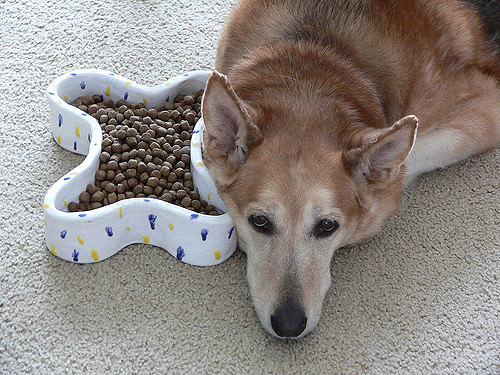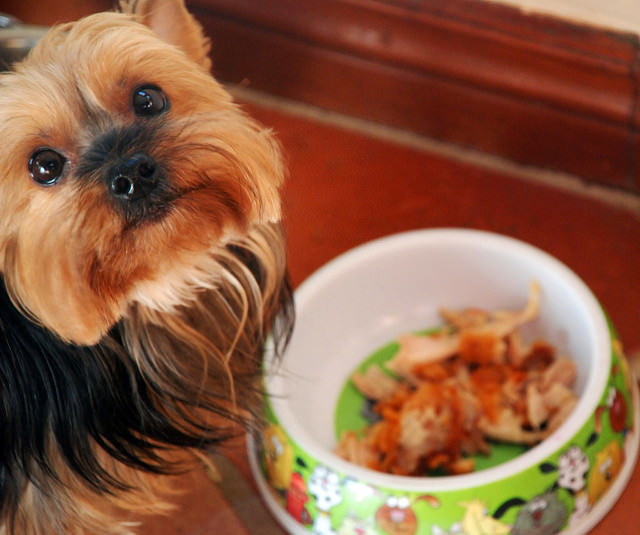When it comes to choosing the right food for our dogs, the amount of options available to us can quickly become overwhelming. There are a wide range of opinions, by dog owners and veterinarians alike, about what is best for our dogs. As a rule of thumb, we suggest talking to your veterinarian and doing your own research about what works for your individual dogs. No one dog is the same, so two dogs might do best on two different foods. That said, there are certain ingredients that almost everyone can agree are to be avoided. So if you’re looking through your dog’s food ingredients, you’ll want to make sure these aren’t included.
#1 – Corn Syrup
Corn syrup is not healthy for humans, so why would we give it to our dogs? Corn syrup is a type of sugar made from commodity corn. It holds no nutritional value and is used solely to sweeten your dog’s food to make it more enticing. Dogs can actually become quite addicted to the sugary taste and start to refuse foods that are more healthy in favor of their corn syrup-filled foods. This is like skipping out on your home-cooked meal and going for the junk food instead. Like in people, continuous ingestion of corn syrup is linked to hyperglycemia, obesity and allergies.

#2 – Corn, Wheat & Soy
These are three separate ingredients, but we’ve decided to lump together as “grains.” These are all fillers in your dogs food, used solely to add weight and texture and no nutritional value. These ingredients are not always harmful, but they serve only as binders and to add bulk to poor-quality foods that don’t hold enough healthy ingredients to keep them together. They are cheap fillers and ingredients that pets are often allergic to.
#3 – Preservatives
There are many different preservatives used in pet foods. Most commonly you’ll find BHA, BHT, ethoxyquin and propyl gallate. Both BHA and BHT are banned for human use in many countries, which makes us wonder why it’s still allowed in the United States for both humans and animals. These ingredients are known carcinogens. Ethoxyquin was developed by agrochemical giant Monsanto and was originally used as a stabilizer for rubber. It’s long-term use in pet foods has not been study, but some have found possible links to kidney, thyroid and reproductive diseases. Propyl gallate is used mostly to preserve cosmetics, food packaging materials and foods containing fats. Studies have not been done on this ingredient, so it’s recommended to feed with caution.

#4 – Added Colors
There are hundreds of coloring agents used in pet foods. The most common ingredients you’ll find are Red #40, Blue #2, Yellow #5 and Yellow #6. All of these ingredients have been studied in animal consumption and the results are concerning. These studies have either suggested or actually proved issues related to the ingredients. These ailments include allergic reactions and tumors on the brain, adrenal glands and kidneys. Although considered safe for human consumption, the studies are deemed “inconclusive” by the FDA and these artificial colors are typically only found in junk foods.
#5 – Meat Meals & By-Products
Meat meals and by-products do come from meat, but they aren’t the whole foods that they’re often made out to be. When animals are slaughtered for human consumption, the lean meats are made into human-grade foods. What’s left over often consists of bones, blood, beaks and feet. Included in these, however, are any tissues from diseased, dying, disable and dead animals. They can and do consist of tumors and other infections or injuries. These leftovers are processed into the meals and by-products we find in our dog’s food. They are generally the least digestible ingredients and the nutritional value varies, therefore making the final nutritional value inconsistent. While these may not be the worst ingredients in the world, feeding foods made with whole meats and human-grade meats is going to be the healthiest option for your dog.
